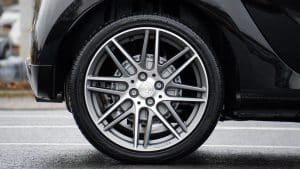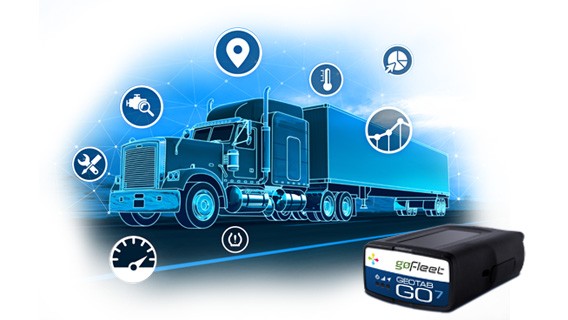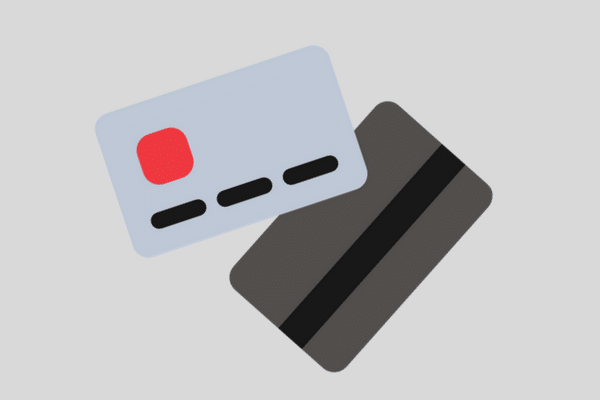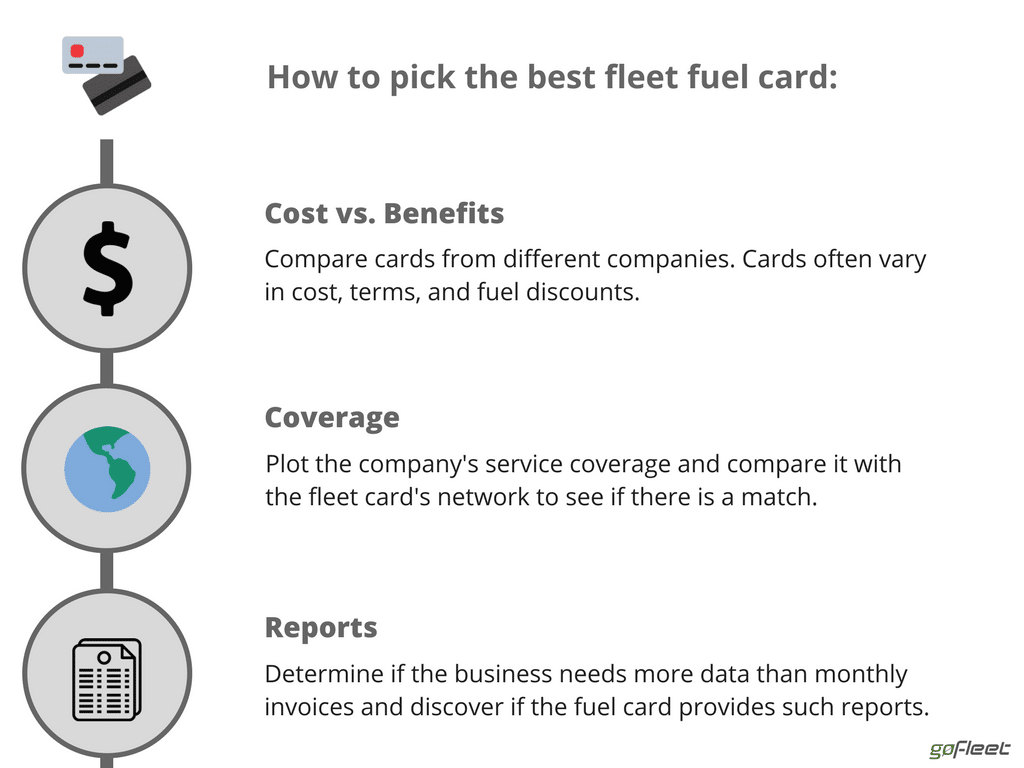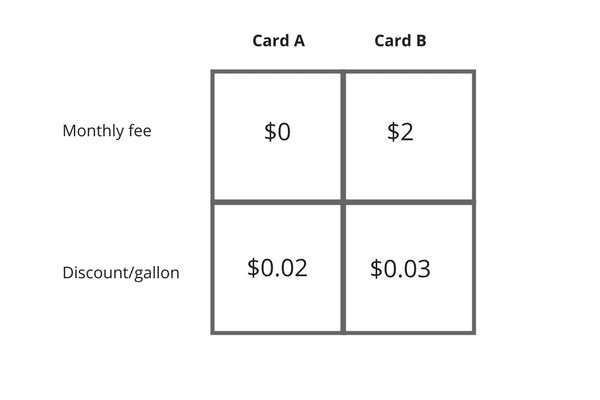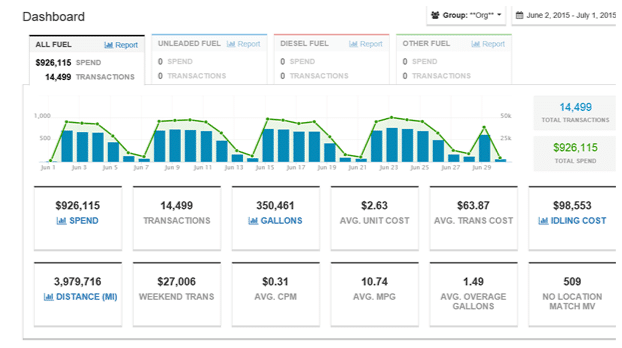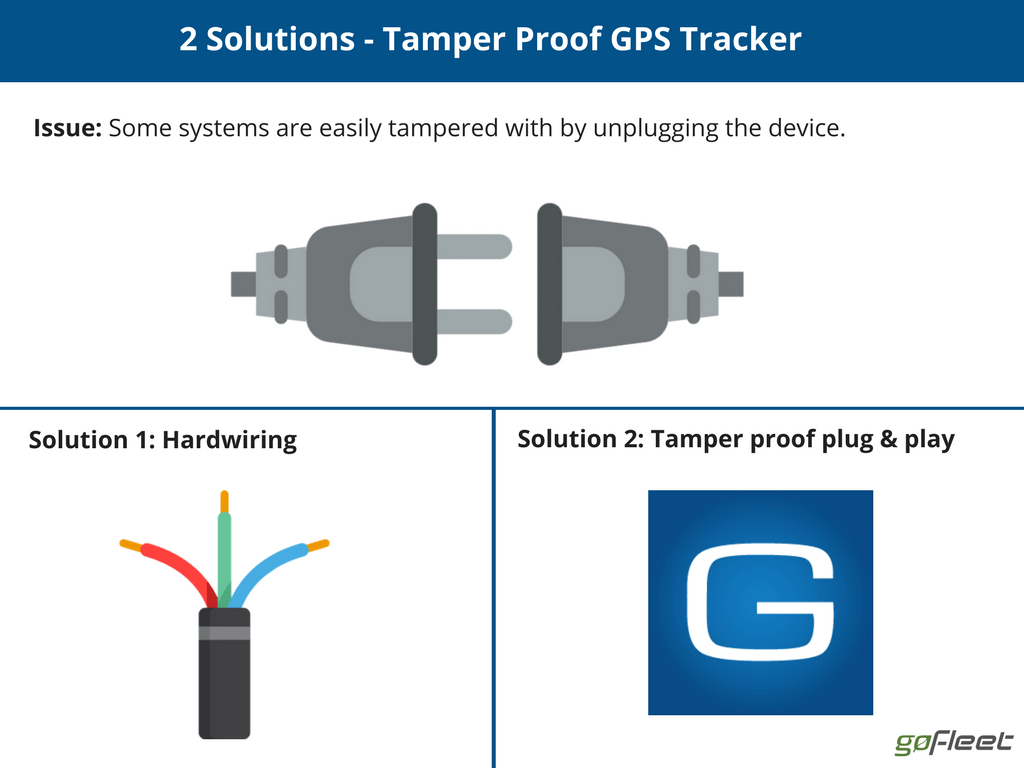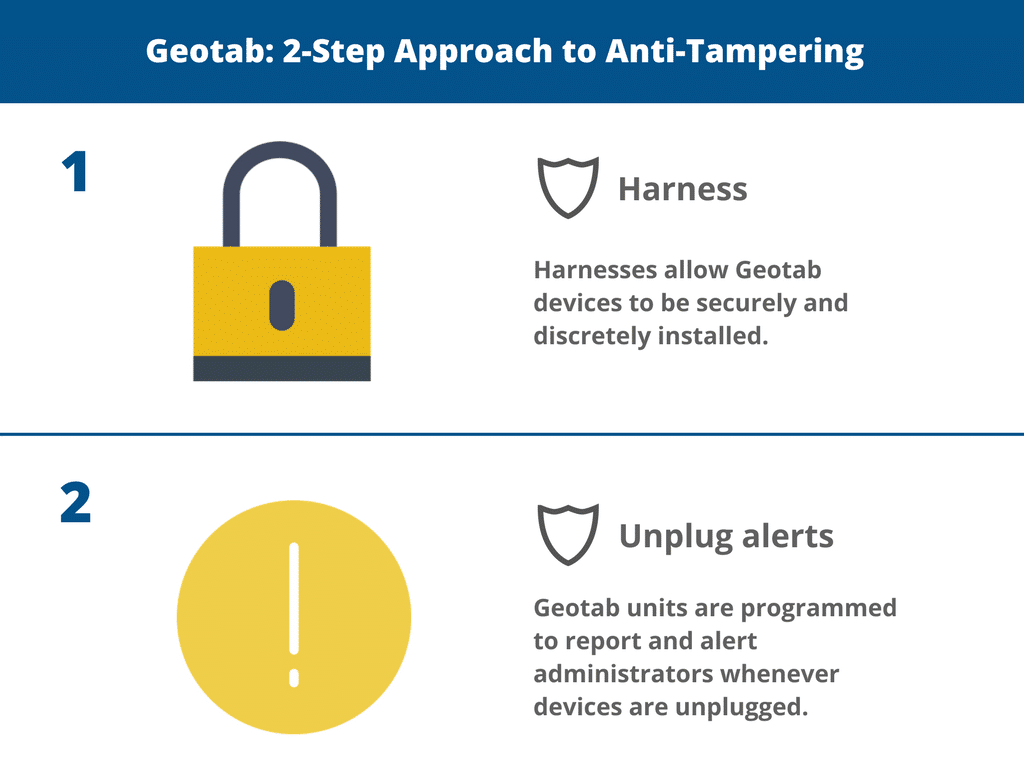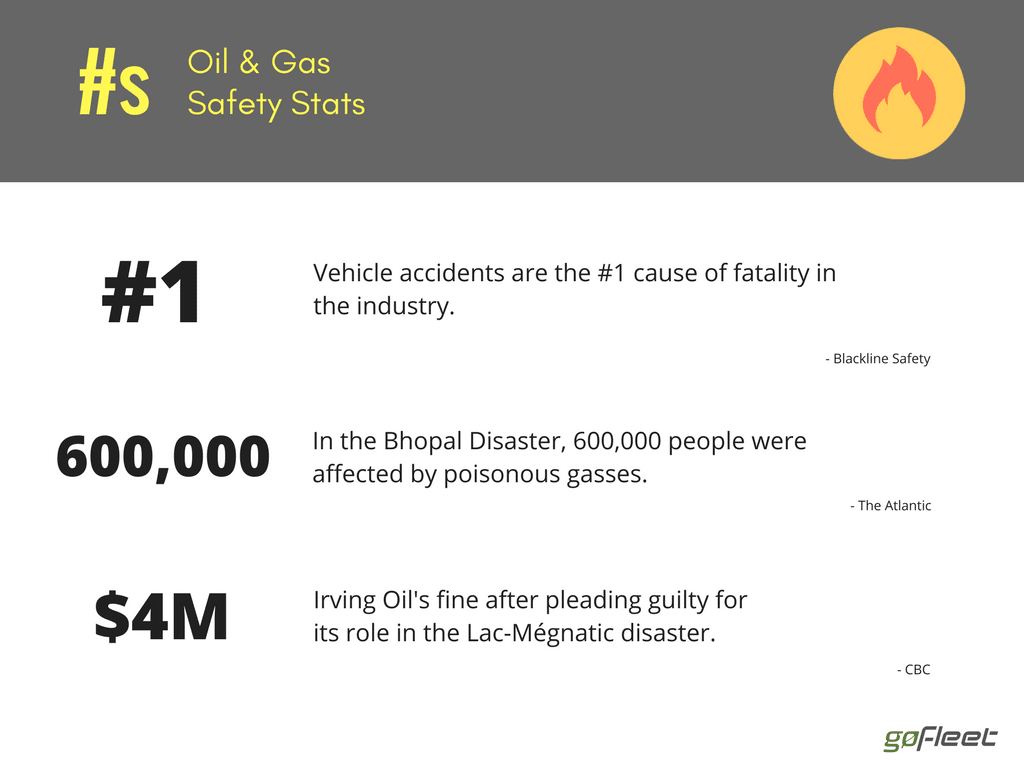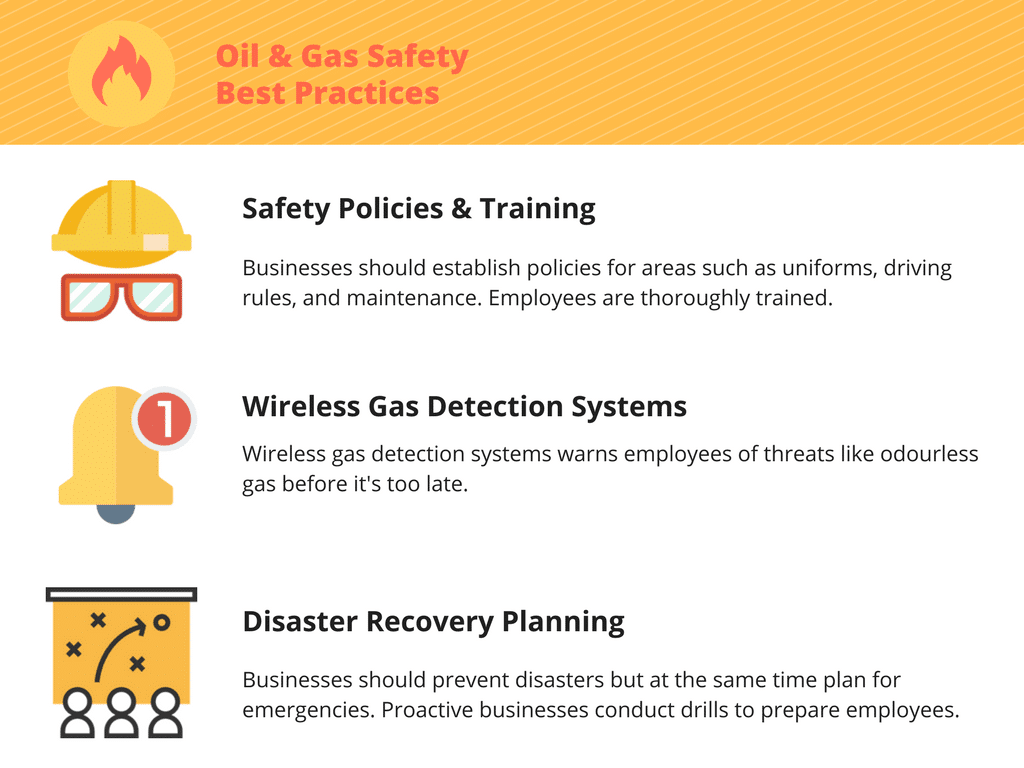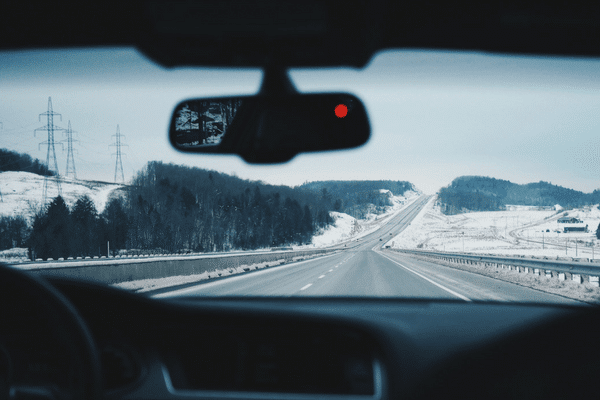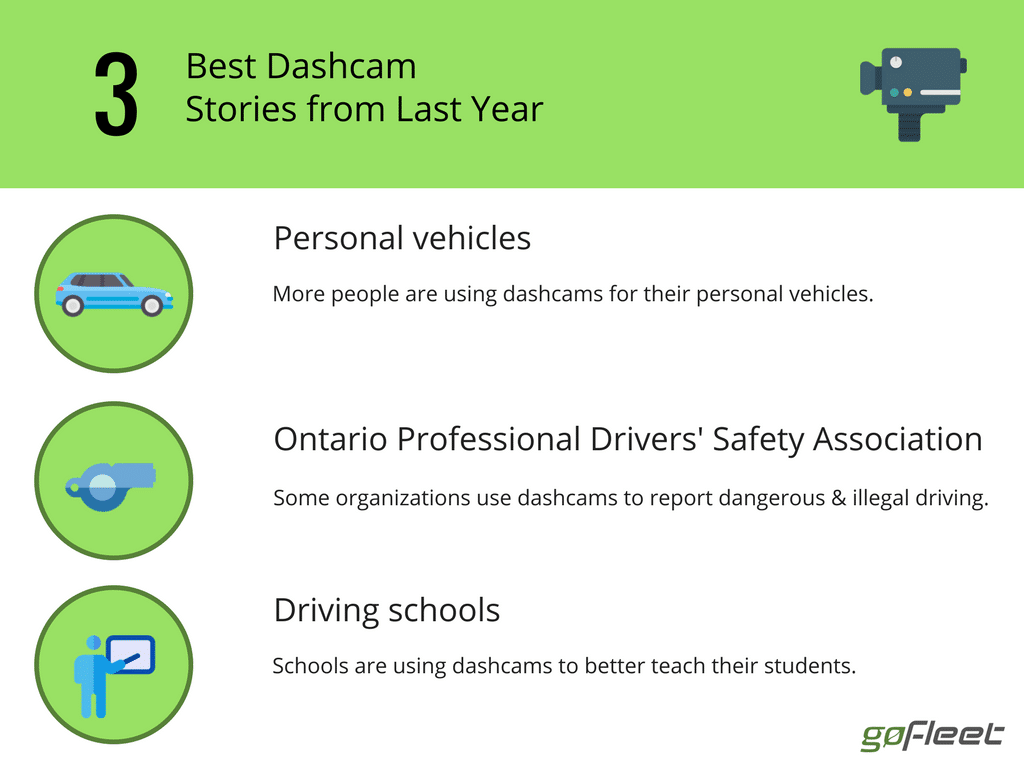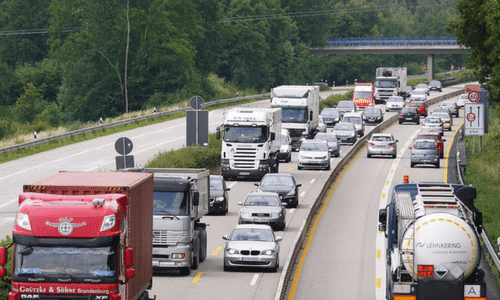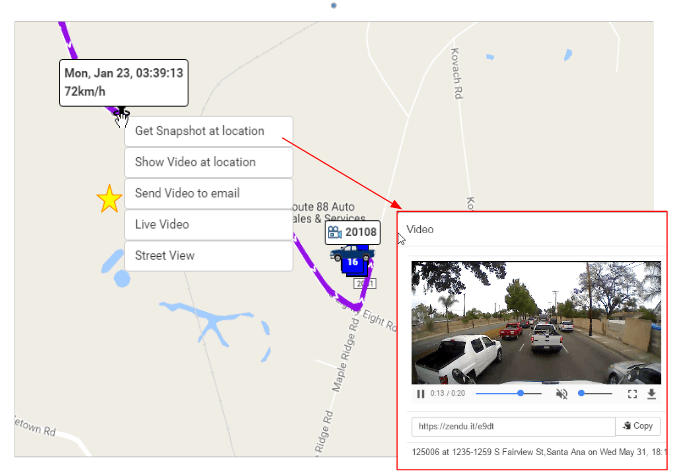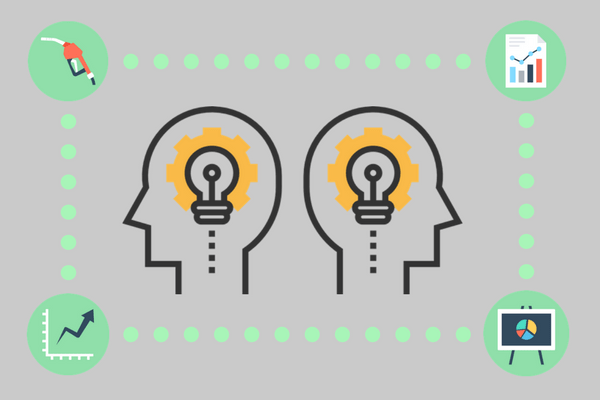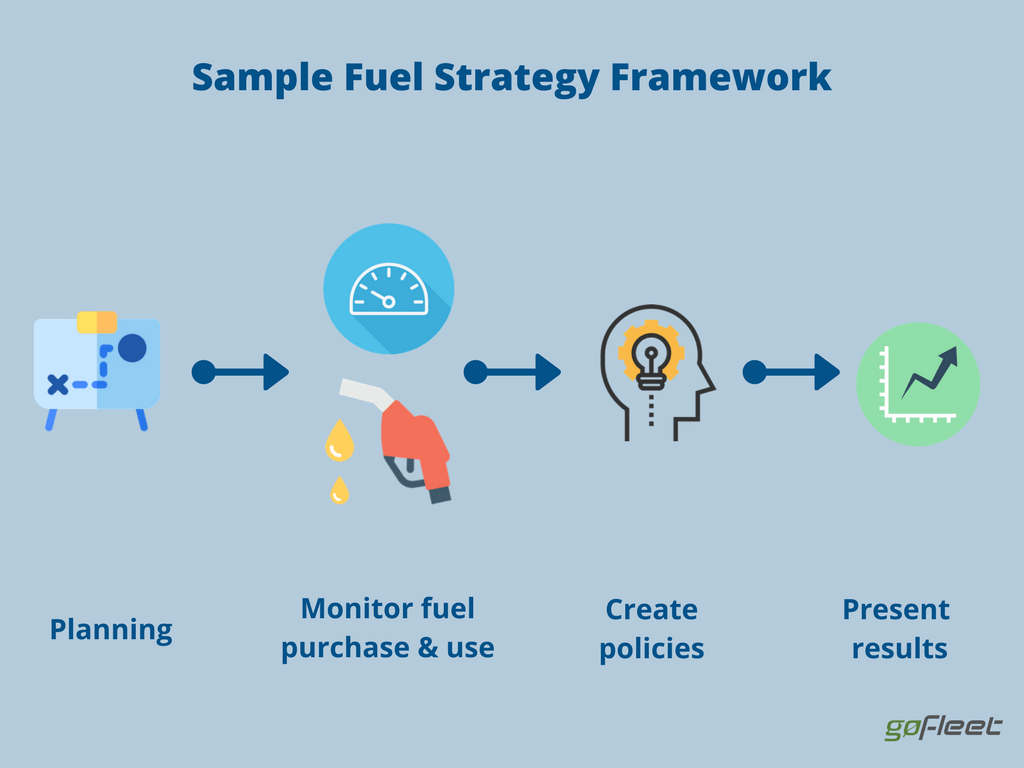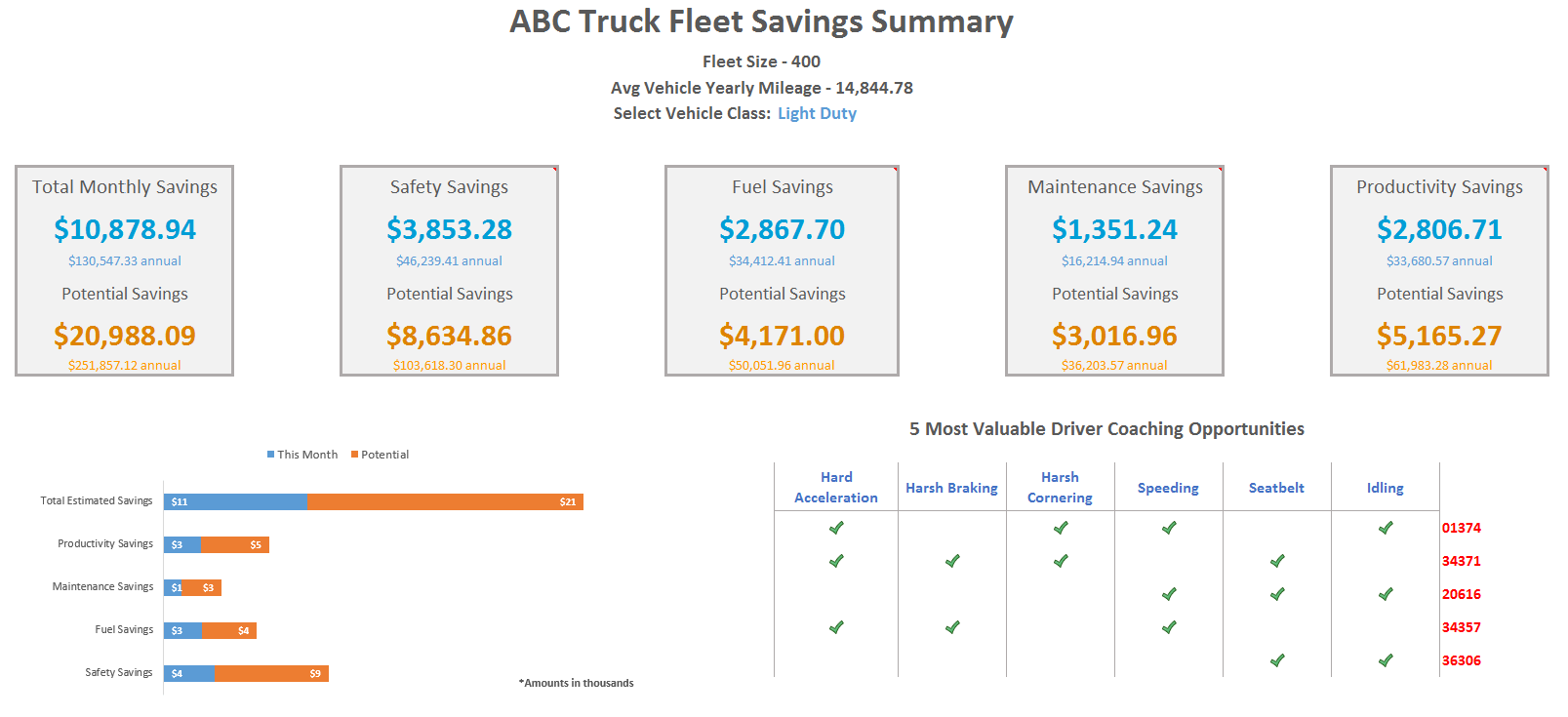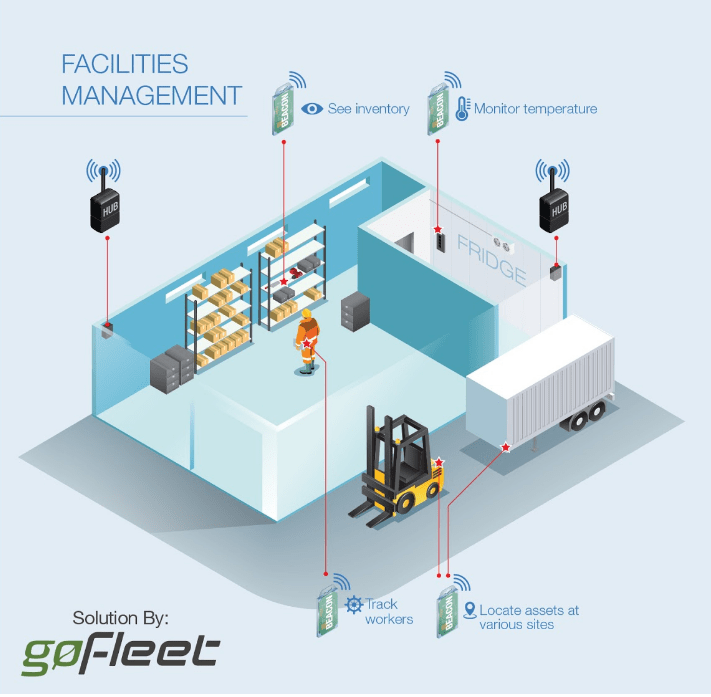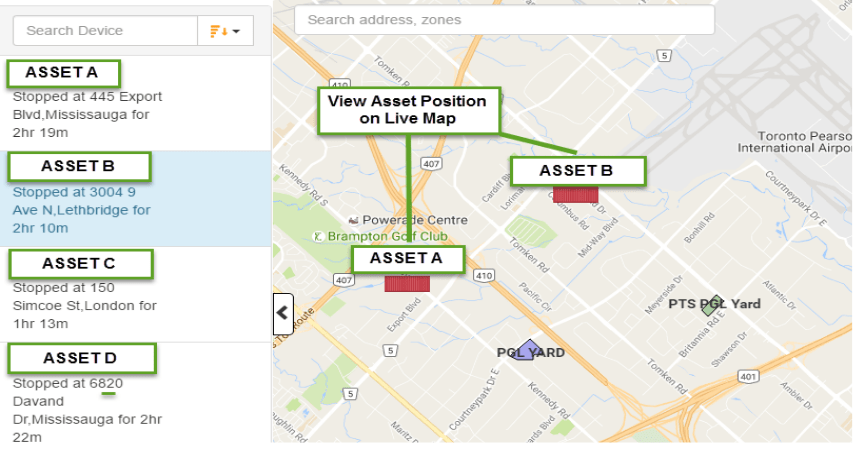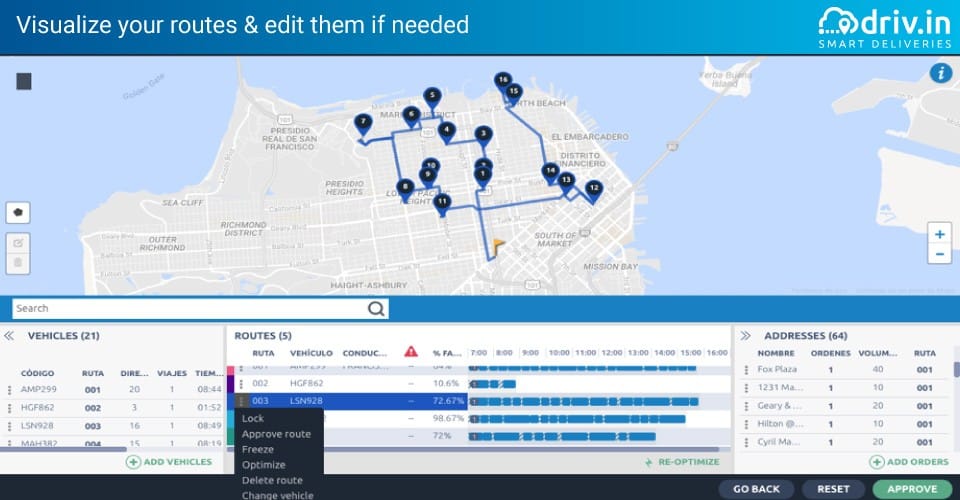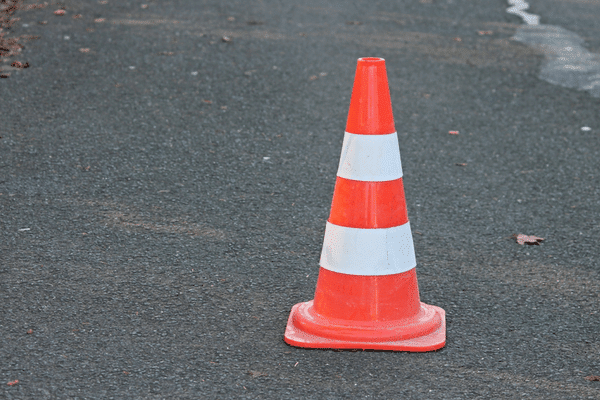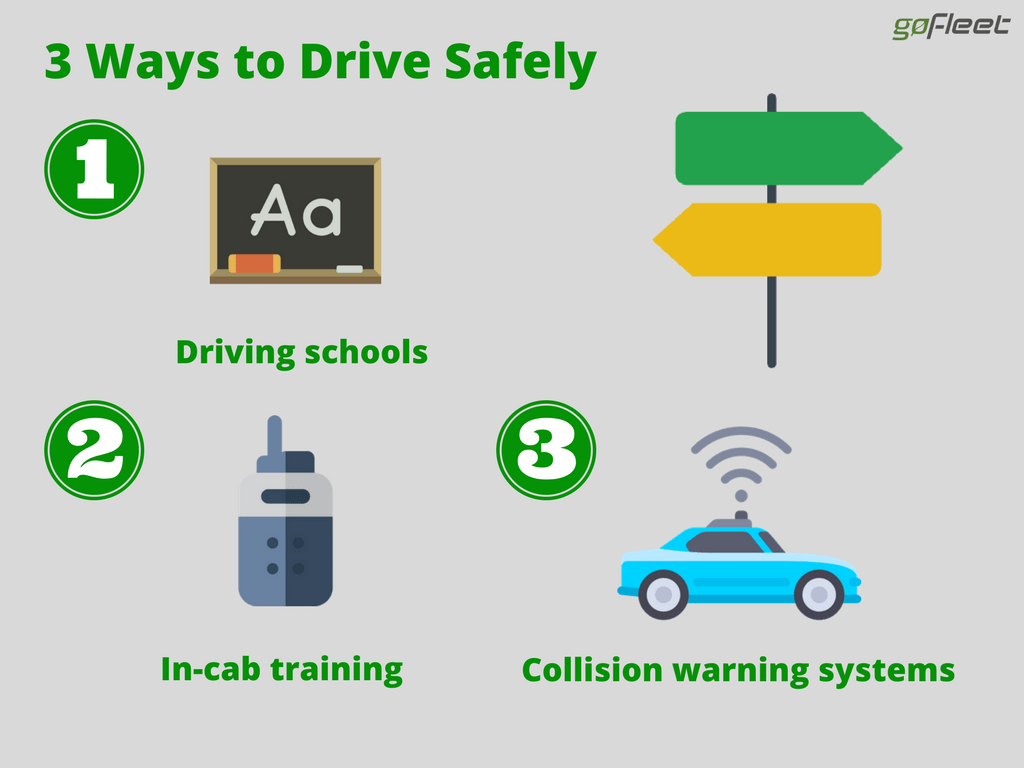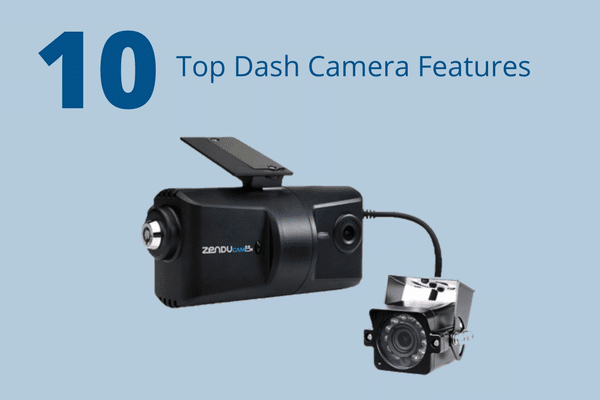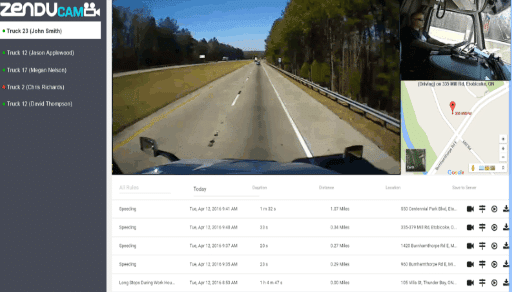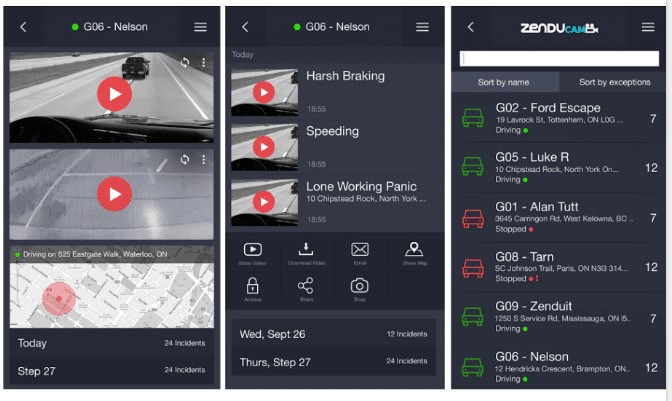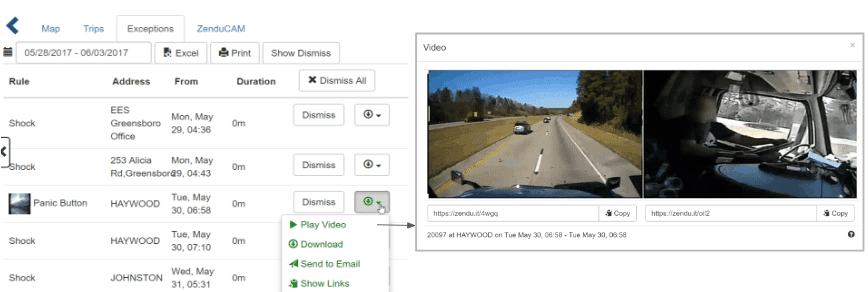Fleet tracking is important, but let’s talk about fleet efficiency. Not only is fleet efficiency important for protecting the environment, but it’s also good for your business! (Who would have guessed). Let’s get started.
1. Fleet Aerodynamics
Poor aerodynamics on your fleet vehicles will cause more costs in fuel, especially when lots of kilometers are driven. This is due to the amount of drag that is created, essentially making your vehicles work harder to move forward, therefore using more gas. Just as if you were biking against hard winds while wearing a very puffy jacket. You will get tired much quicker and use more energy per kilometer. There are many options to consider for adding aerodynamics to your vehicles, without compromising the look! Take a look at this site for example.
2. Regular Scheduled Oil Changes
Executing scheduled oil changes without delay will ensure internal engine parts are protected, saving you money on future repairs. Not only that, but did you know oil health also affects fuel usage? As oil breaks down, it loses its effectiveness to lubricate the internal parts of the engine, causing more friction and heat, which leads to loss of engine efficiency. Make sure oil changes are done on time, and your fleet’s engines will run more smoothly and more efficient.
3. Tire Pressure Maintenance
Picture yourself riding a bike with nearly flat tires. I bet you’re imagining how hard it is to pedal and how tired you are getting! Well, this principle applies to vehicles as well. Keeping your tires consistently pumped to the correct PSI level will let the vehicles drive along will much less resistance vs. having low tire pressure, and will save you a lot of fuel usage. Keep in mind, tire pressure decreases approximately 1 PSI per 10 degrees Fahrenheit the temperature drops and vice versa. Pump it up to save!
4. Get rid of the paper!
Another way to lower costs, and be more efficient, is to go digital. Some things, of course, need to be on paper, but the more you can convert to digital the more you will save. This will reduce printing costs, paper costs, and increase the speed of workflows within the office. This will also reduce clutter and reduce the need for extra storage, creating a clean and pleasant working environment.
5. Fleet Telematics
Last but not least, our sophisticated fleet telematics systems are a great way to be on top of maintenance schedules. It’s also a great way to catch a problem with a vehicle as early as possible, in order to prevent further significant damage that could have been avoided. Our fleet tracking system will prevent excessive idling, eliminate paperwork, improve driver safety (possibly saving you money in the future for insurance), promote fuel efficient driving habits, and streamline operations (less time and money wasted).
These are some of our tips, and if you have more, share the knowledge on our “5 Ways to Improve Fleet Efficiency” post on Facebook!



